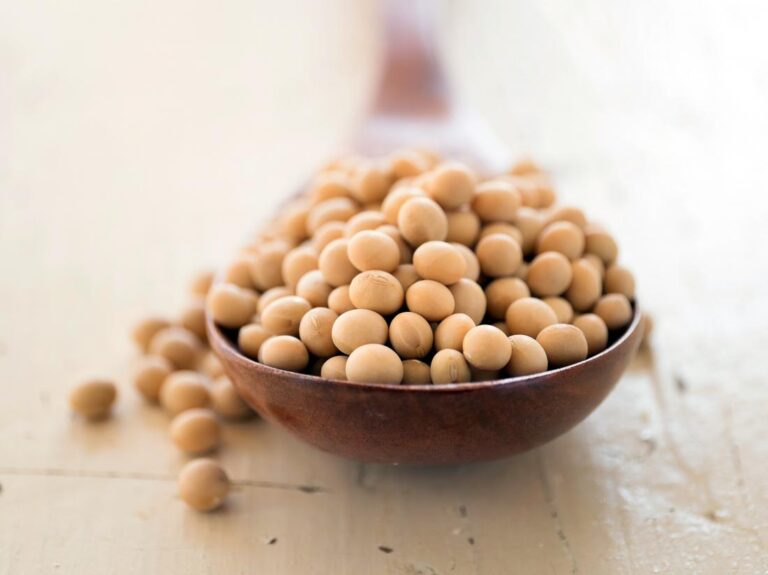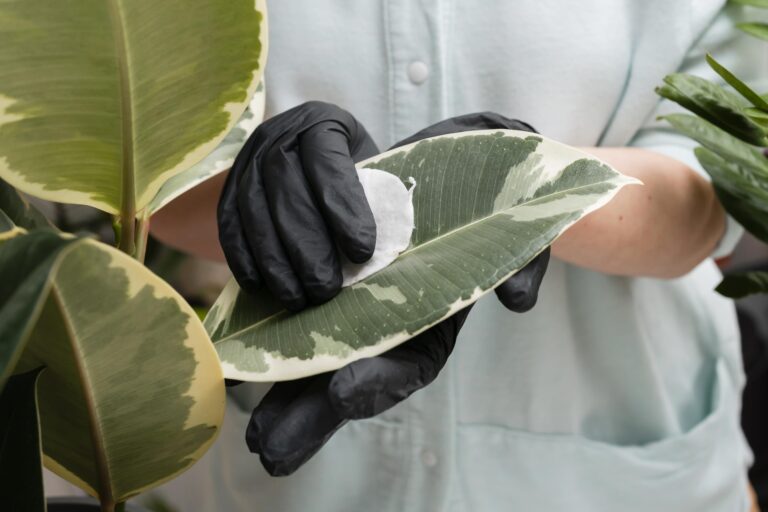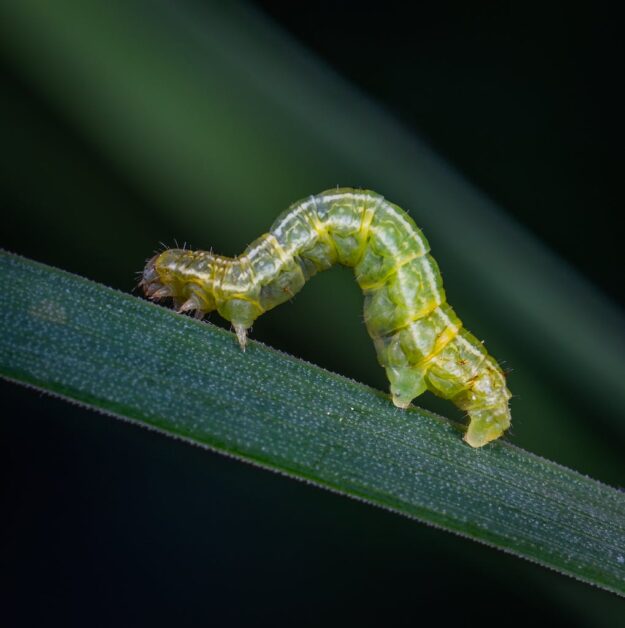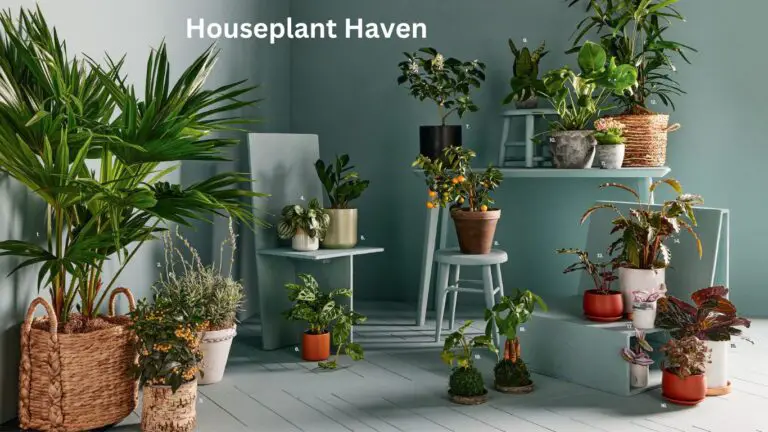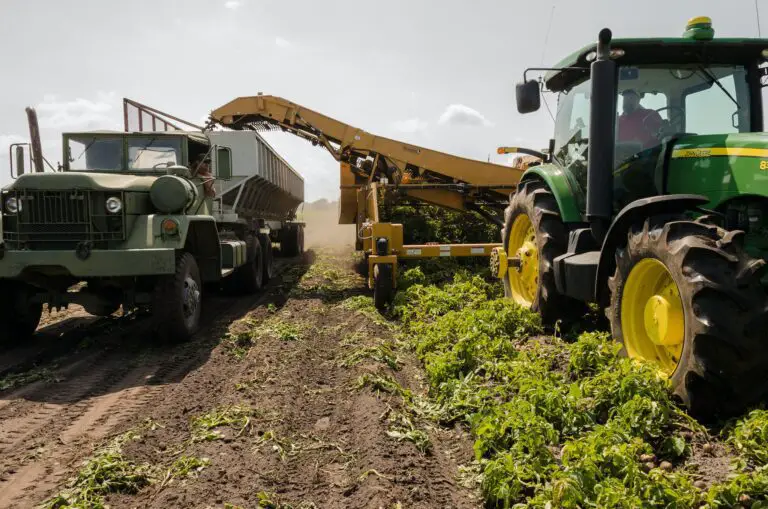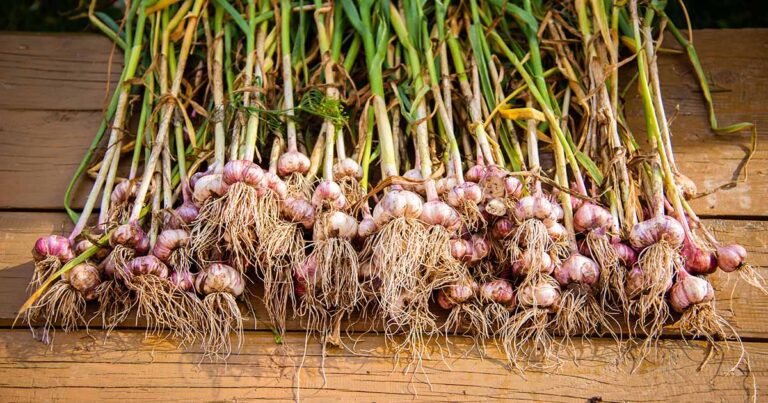Pepper Plant Partners: Perfect Companion Plants
Table of Contents
Pepper Plant Partners: Ideal Companion Plants
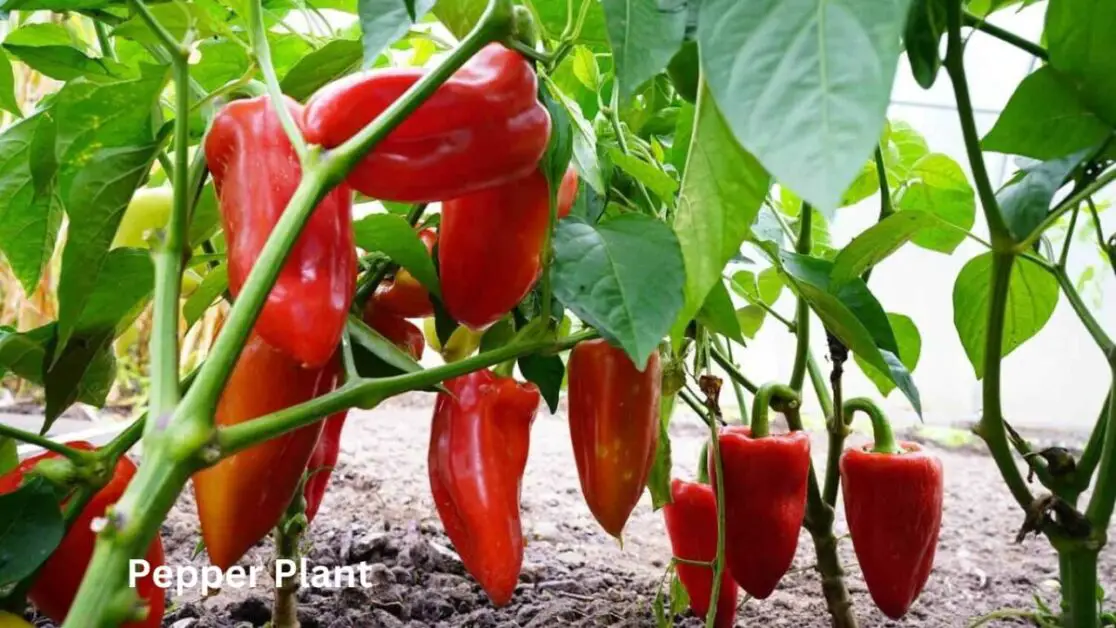
When considering ideal companion plants for your pepper plants, it is essential to choose varieties that support each other’s growth and overall health in the garden. One excellent option is planting basil alongside your pepper plants. Basil not only deters pests like aphids, spider mites, and mosquitoes but it also enhances the flavor of peppers when grown nearby due to its aromatic oils. Additionally, basil provides a natural source of shade for pepper plants, helping to regulate soil temperature and moisture levels.
Another beneficial companion plant for pepper plants is marigold. Marigolds are known for their ability to repel harmful nematodes in the soil, which can be detrimental to pepper plant health. Moreover, marigolds attract beneficial insects such as ladybugs and parasitic wasps that prey on common pepper plant pests like aphids and caterpillars. The vibrant flowers of marigolds also add aesthetic appeal to the garden while contributing to improved soil health through their root exudates.
Benefits of Companion Planting with Peppers
Companion planting with peppers offers a myriad of benefits that can enhance the overall health and productivity of your garden. By strategically selecting companion plants, you can create a more balanced ecosystem that supports the growth of your pepper plants. One significant advantage is the ability of certain companion plants to help repel pests that may otherwise harm your peppers. This natural pest control method not only protects your plants but also reduces the need for chemical insecticides, promoting a more environmentally friendly approach to gardening.
Additionally, companion planting with peppers can improve soil health by diversifying the types of plants in your garden. Some companion plants have the ability to fix nitrogen in the soil, providing essential nutrients for the growth of pepper plants. This nutrient enrichment can lead to healthier plants with stronger root systems, ultimately resulting in increased yields of high-quality peppers. Moreover, the intercropping of different plants can help suppress weeds, reducing competition for resources and creating a more favorable environment for your pepper plants to thrive.
Choosing the Right Companion Plants for Pepper
When choosing companion plants for your pepper plants, it’s essential to consider both the beneficial and detrimental aspects of potential pairings. Opt for plants that are compatible with peppers in terms of soil, sunlight, and water requirements to ensure the optimal growth of your pepper plants. Some companion plants can enhance the flavor of peppers, while others can help repel pests and attract beneficial insects that aid in pepper plant health.
Additionally, diversity is key when selecting companion plants for peppers. By choosing a variety of plants with different characteristics, you can create a balanced ecosystem in your garden that supports the growth of your pepper plants. Plants that provide shade, improve soil health, suppress weeds, and enhance pepper plant growth and yield are ideal choices for creating a harmonious companion planting layout for your pepper plants.
Companion Plants that Repel Pests from Pepper
Companion plants play a crucial role in repelling pests from pepper plants, acting as natural protectors in the garden. One effective companion plant for warding off pests from pepper plants is basil. Basil emits a strong aroma that deters harmful insects like aphids, spider mites, and thrips, which are common pests that can damage pepper plants. By interplanting basil with your pepper plants, you create a natural barrier that helps to keep these harmful insects at bay, promoting a healthier growing environment for your peppers.
Another beneficial companion plant for deterring pests from pepper plants is marigold. Marigolds contain compounds that repel nematodes in the soil, which can be destructive to pepper plant roots. By planting marigolds around your pepper plants, you not only add a pop of color to your garden but also help protect your peppers from root-knot nematodes, ensuring they can thrive without the threat of these damaging pests.
Companion Plants that Attract Beneficial Insects to Plants
One effective way to attract beneficial insects to your pepper plants is by incorporating companion plants that act as natural attractants for these helpful critters. Plants like dill, fennel, and cilantro are known to attract beneficial insects such as ladybugs, lacewings, and hoverflies, which feed on common pests that can afflict pepper plants. These insects act as a natural form of pest control, reducing the need for harmful pesticides while promoting a balanced ecosystem in your garden.
Another excellent companion plant choice to attract beneficial insects to your pepper plants is the marigold. Marigolds not only add a pop of color to your garden but also attract beneficial insects like parasitic wasps and hoverflies, which prey on harmful pests that could otherwise damage your pepper plants. By strategically planting marigolds near your pepper plants, you can create a welcoming environment for these beneficial insects to thrive and help protect your peppers from potential pests.
Companion Plants that Enhance Soil Health for Plants
One of the key aspects of successful plant cultivation is ensuring that the soil health is optimal. Companion plants play a crucial role in enhancing the soil health for pepper plants by providing essential nutrients, improving soil structure, and creating a balanced ecosystem. Plants such as legumes, like beans and peas, are known for their nitrogen-fixing abilities, which can enrich the soil with this vital nutrient, supporting the vigorous growth of pepper plants. Additionally, aromatic herbs like basil and mint not only repel pests but also add organic matter to the soil as they decompose, further boosting its fertility.
Moreover, companion plants such as marigolds and nasturtiums can act as natural soil cleansers by suppressing harmful nematodes and other soil-borne pathogens that could potentially threaten the health of pepper plants. These companion plants have allelopathic properties, releasing chemicals that inhibit the growth of harmful organisms, promoting a healthier soil environment for the peppers to thrive. By strategically selecting companion plants that enhance soil health, gardeners can create a harmonious growing environment that supports the overall vitality and productivity of their pepper plants.
Companion Plants that Provide Shade for Pepper Plants
Pepper plants, like many other vegetables, benefit from having some shade during the hottest parts of the day. Companion plants that provide shade for pepper plants can help regulate the temperature and prevent direct sunlight from scorching the delicate leaves and fruits. Some excellent choices for this purpose include taller plants with broad leaves, such as sunflowers, corn, or tall varieties of beans. Not only do these companion plants offer shade, but they also create a microclimate that can help retain moisture in the soil, reducing the risk of water stress for the pepper plants.
In addition to shading the pepper plants, these companion plants can also act as windbreaks, protecting the peppers from strong gusts that can damage their branches and fruits. This creates a more stable growing environment for the peppers, allowing them to focus their energy on growth and development rather than coping with external stressors. By strategically planting these shade-providing companions around your pepper plants, you can create a harmonious and mutually beneficial ecosystem that supports the health and productivity of your garden.
Companion Plants that Improve Pepper Plant Growth and Yield
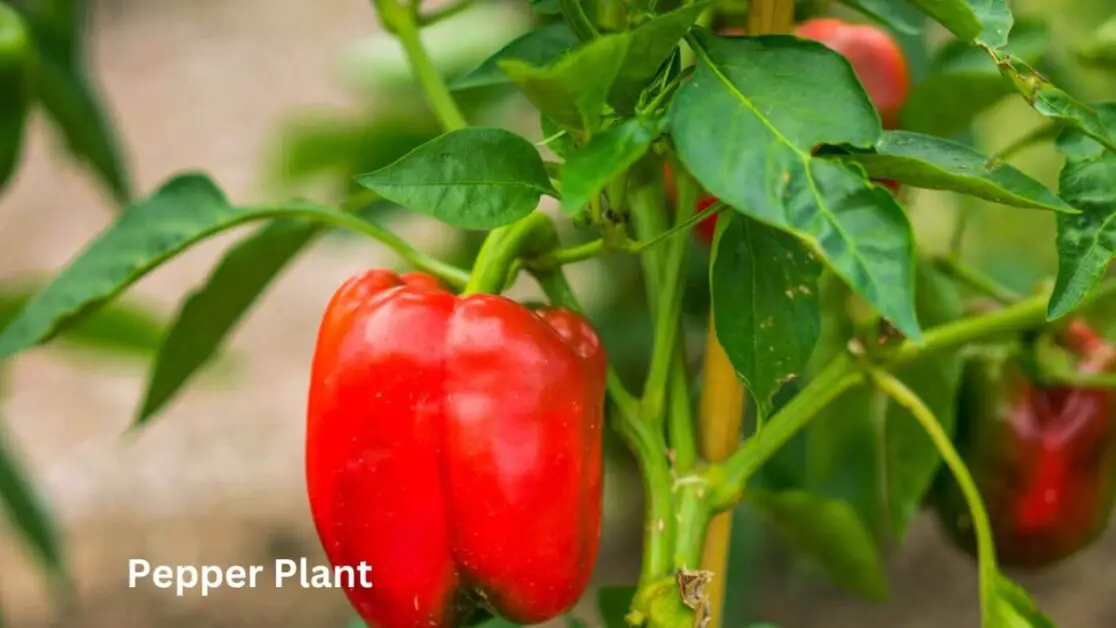
When it comes to improving the growth and yield of pepper plants, selecting the right companion plants can make a significant difference in the overall health and productivity of your garden. One highly beneficial companion plant for pepper plants is basil. Basil not only deters pests like aphids, spider mites, and mosquitoes due to its strong scent, but it also enhances the flavor of peppers when planted nearby. Additionally, basil has been found to increase the essential oil content in neighboring pepper plants, leading to improved growth and yield.
Another excellent companion plant choice for enhancing pepper plant growth and yield is marigold. Marigolds release substances into the soil that help repel harmful nematodes, which can attack the root system of pepper plants and inhibit their growth. By planting marigolds alongside pepper plants, you can not only protect them from these damaging pests but also promote better nutrient absorption and overall health, leading to increased yields of vibrant and healthy peppers.
Companion Plants that Help Suppress Weeds in Plant Beds
Weeds can be a persistent nuisance in pepper plant beds, competing for nutrients, water, and sunlight that are essential for the healthy growth of pepper plants. However, strategic companion planting can help suppress weeds naturally, reducing the need for chemical interventions. Certain companion plants possess allelopathic properties, releasing compounds that inhibit weed growth. For instance, marigolds (Tagetes spp.) produce allelochemicals that can deter weeds like bindweed and nematodes, creating a natural barrier around pepper plants. Additionally, plants with dense foliage and fast growth rates, such as buckwheat (Fagopyrum esculentum) and sunflowers (Helianthus annuus), can effectively shade out weeds, limiting their access to vital resources.
Incorporating companion plants that act as living mulch can also help smother out weeds in pepper plant beds. Groundcovers like clover (Trifolium spp.) and creeping thyme (Thymus serpyllum) not only suppress weed growth but also improve soil structure and moisture retention. Furthermore, nitrogen-fixing plants like legumes (Fabaceae family) not only enrich the soil with essential nutrients but also provide ground cover that can outcompete weeds. By strategically selecting companion plants that suppress weeds, gardeners can create a harmonious and low-maintenance environment for their pepper plants to thrive.
How to Plan and Design a Companion Planting Layout for Pepper
When planning a companion planting layout for pepper plants, it’s crucial to consider the growth habits, nutrient requirements, and compatibility of the companion plants. Strategically placing plants together can promote better growth, deter pests, and enhance overall garden health. Start by selecting companion plants that have similar sunlight and water needs as pepper plants to ensure they thrive together in the same garden bed.
Additionally, consider mixing plants that have complementary benefits to create a balanced ecosystem in your garden. For example, pairing aromatic herbs like basil or oregano with pepper plants can help repel pests naturally while also enhancing the flavor of the peppers. Including flowering plants such as marigolds can attract beneficial insects like ladybugs and lacewings, which feed on harmful pests that may target your pepper plants. By carefully planning and designing your companion planting layout, you can create a harmonious and productive environment for your pepper plants to flourish.
Common Mistakes to Avoid When Companion Planting with Pepper
One common mistake to avoid when companion planting with pepper plants is failing to consider the compatibility of the companion plants with peppers. It’s crucial to select plants that have similar sunlight, water, and soil requirements to ensure harmonious growth and development. For example, planting shade-loving plants next to sun-loving peppers can result in competition for resources and hinder the overall health of the plants.
Another mistake to steer clear of is overcrowding the companion plants around the pepper plants. While it may be tempting to fill every available space with companion plants, overcrowding can lead to increased competition for nutrients, water, and sunlight. This can limit the growth of both the peppers and their companions, reducing overall yields and productivity. It’s essential to give each plant enough space to thrive and access the resources it needs to flourish.
The Importance of Diversity in Pepper Companion Plantings
Diverse companion plantings around pepper can offer a multitude of benefits, enhancing overall garden health and productivity. By incorporating a variety of plant species around your pepper , you create a more balanced ecosystem that can help suppress pests and diseases, attract beneficial insects, improve soil structure and fertility, and promote biodiversity. This diversity not only aids in pest control and plant growth but also creates a visually appealing and dynamic garden setting that fosters a sense of natural harmony.
In addition to the practical advantages, the aesthetic appeal of a diverse pepper companion planting scheme can be a source of joy and satisfaction for gardeners. Imagine a vibrant tapestry of colors, textures, and scents surrounding your peppers, creating a visually stunning and engaging environment. Diversity not only adds beauty to your garden but also invites exploration and discovery, as different plant species interact and coexist in a harmonious and mutually beneficial manner. Embracing diversity in your pepper companion planting design can elevate your gardening experience and help you cultivate a thriving and balanced ecosystem in your outdoor space.
Companion Plants that Are Compatible with Different Types
When considering companion plants for different types of pepper, it’s essential to choose varieties that not only complement each other but also support the growth and health of the peppers. Understanding the specific requirements of each pepper type can help in selecting the ideal companion plants. For instance, bell peppers, known for their sweet flavor, thrive when planted alongside herbs like basil, parsley, or cilantro, which not only enhance the taste of the peppers but also deter pests that may harm their growth. On the other hand, hot peppers such as jalapeños or habaneros benefit from companions like onions, garlic, or chives, which help repel pests and promote healthy growth.
Another compatible companion for pepper plants are legumes like beans and peas, which are nitrogen-fixing plants that improve soil quality by adding essential nutrients, particularly beneficial for pepper with high nutrient requirements. Additionally, marigolds are excellent companions for various types of pepper as they repel harmful insects while attracting pollinators, essential for pepper fruit development. By strategically choosing companion plants that are compatible with different types of pepper, gardeners can create harmonious ecosystems that maximize growth, health, and yield potential for their pepper crops.
Companion Plants that Enhance the Flavor of Peppers
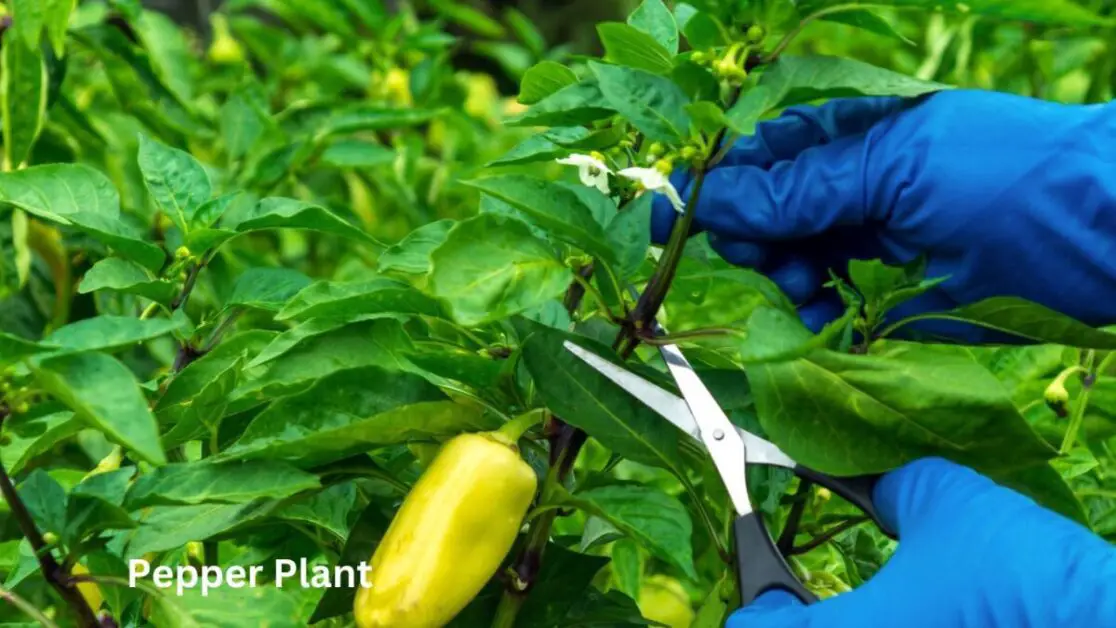
Enhancing the flavor of peppers can be a delightful experience for any gardener looking to elevate their culinary creations. Companion planting offers a wealth of options to achieve this goal by strategically pairing peppers with plants that can enhance their taste profiles naturally. Some companion plants, such as basil and oregano, not only complement the flavor of peppers but also provide a diverse range of aromatic compounds that can intensify the overall taste sensation. Additionally, herbs like cilantro and parsley can bring a fresh and zesty dimension to pepper dishes, adding layers of complexity that can elevate even the simplest of recipes.
Furthermore, considering plants like garlic and onions as companions for pepper can introduce savory undertones to dishes, creating a harmonious blend of flavors that can tantalize the taste buds. The pungent and earthy notes from these alliums can add depth and richness to pepper-based dishes, enhancing their overall taste experience. By selecting companion plants thoughtfully, gardeners can not only improve the flavor of their peppers but also create a more dynamic and diverse culinary garden that celebrates the natural synergy between different plant species.
Here’s a simple table about pepper plants:
| Aspect | Description |
|---|---|
| Scientific Name | Capsicum spp. |
| Common Name | Pepper Plant, Chili Pepper, Bell Pepper, etc. |
| Family | Solanaceae (Nightshade family) |
| Origin | South America |
| Types | Bell peppers, Chili peppers, Sweet peppers, etc. |
| Lifespan | Perennial (typically grown as annuals) |
| Height | Varies depending on the variety, typically 1-3 feet |
| Light | Full sun |
| Watering | Regular watering, avoid overwatering |
| Soil | Well-draining, fertile soil |
| Temperature | Warm temperatures preferred, frost-sensitive |
| Harvest Time | Depends on variety, generally 60-150 days |
| Common Pests | Aphids, spider mites, whiteflies, pepper weevils |
| Common Diseases | Phytophthora blight, bacterial spot, mosaic virus |
| Propagation | Seeds, cuttings, transplants |
| Uses | Culinary (fresh, dried, powdered), ornamental |
This table provides an overview of key aspects related to pepper plants, including their scientific and common names, family, origin, growing conditions, pests and diseases, propagation methods, and uses.
Tips for Maintaining a Successful Pepper Companion Planting Garden
Successful maintenance of a pepper plant companion planting garden requires regular monitoring and care. Inspect the plants for any signs of pests or diseases, and promptly address any issues that arise to prevent them from spreading. Water the plants consistently, ensuring they receive adequate moisture without becoming waterlogged. Prune any damaged or diseased foliage to promote healthy growth and prevent the spread of infections.
In addition to regular care, it is essential to rotate the companion plants each growing season to prevent depletion of nutrients in the soil. Introducing a variety of companion plants not only enhances biodiversity but also helps in pest management and soil health. Pay attention to the specific needs of each plant species and adjust the garden layout accordingly to create an environment conducive to their growth.
Can I plant tomatoes as companion plants for my pepper?
Yes, tomatoes make great companion plants for pepper plants as they can help repel pests and improve soil health.
How can I prevent overcrowding in my pepper companion planting garden?
To prevent overcrowding, make sure to space out your companion plants properly and avoid planting too many different types of plants in a small area.
Are there any companion plants that can help improve the flavor of my peppers?
Yes, herbs like basil, oregano, and cilantro can enhance the flavor of peppers when planted as companions.
Should I rotate my companion plants each year in my pepper garden?
It is a good idea to rotate your companion plants each year to prevent nutrient depletion in the soil and reduce the risk of pest and disease build-up.
How often should I water my pepper companion planting garden?
The watering needs of your pepper plant companion planting garden will depend on the specific plants you have chosen, but generally, it is recommended to water deeply and infrequently to encourage deep root growth.


